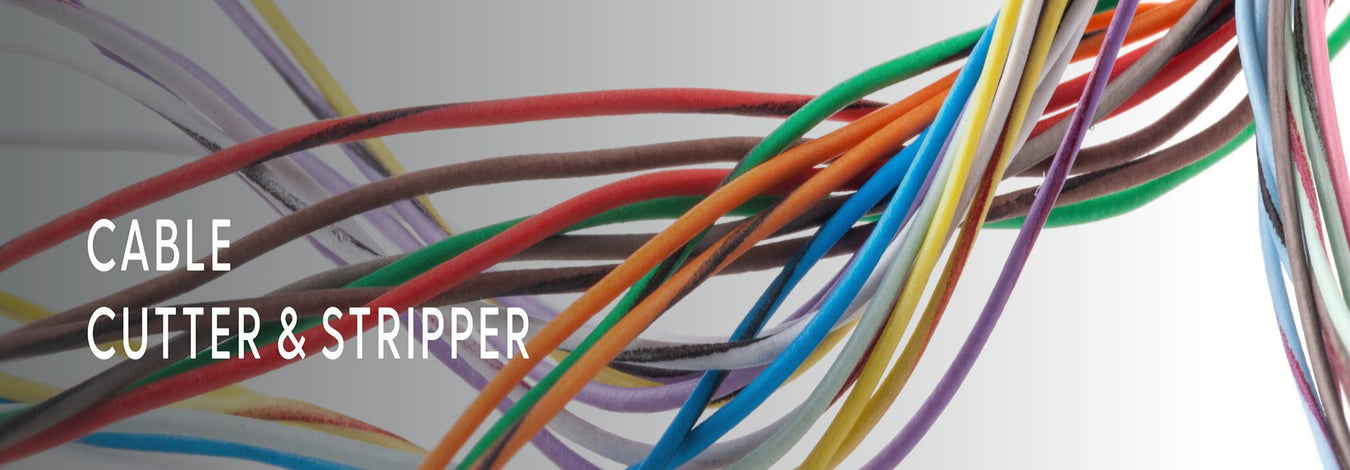
What Are the Different Types of HVAC?
HVAC is very crucial as far as the indoor environment is concerned. HVAC stands for Heating, Ventilation, and Air conditioning; these are several technologies used to manipulate a particular place's climatic conditions. Therefore, whether you are a homeowner or a business entity, various HVAC outlooks enhance a perfect decision on the kind of systems to use.
Heating, ventilating, and air conditioning, or the HVAC systems, are best suited to this in that they assist in the control of temperatures upon provision of actual living or working spaces. They are applied to maintain comfort within a building, and even if the conditions of the climatic area are poor, the interior climate cannot be so. Therefore, several types of HVAC systems are available depending on the site's requirements. This article will identify different classifications of HVAC systems with their advantage and disadvantages.
Central Air Conditioning Systems
A central air conditioning system is the most known of all kinds of HVAC systems. The system is adequate for cooling big houses or commercial houses. It, therefore, has an outside unit comprising the condenser and the compressor and an inside unit with the evaporator and the air handler. On the other hand, warm air is forced via ducts using tools such as IWISS Push-to-Connect Brass Fittings for PEX, Copper, and CPVC Tubings all over the building and then falls on the cool air pipe.
Pros
- HVAC systems for big spaces
- Quiet operation
- It controls the climate in specific areas of dwelling
Cons
- Higher installation costs
- It requires regular maintenance
- Ductwork may be costly and challenging to attach, particularly in layouts of the older architectural design
Ductless Mini-Split Systems
Installation of Ductless mini-split systems does not require ductwork, which is an advantage for many people. These systems include an external component with one or more internal components interconnected using refrigerant piping. Within the HVAC system, the individual indoor unit can be adjusted, thus allowing different temperatures for each room.
Pros
- Flexible installation options
- Energy efficient
- Independent zone control
Cons
- The standard cost is higher than the marginal cost for the units produced
- Possibly less effective in large buildings
- Some indoor units are of the visible type that may interfere with the décor and general look of spaces
Heat Pumps
Among the efficient energy sources, it is possible to identify heat pumps that offer heating and cooling services. They function by moving heat from one place to another. During the summer, they transfer heat from inside the house out to the environment, and during winter, they take heat from the surrounding environment or the ground and bring it inside the home. There are two main types of heat pumps: air-source and ground-source (geothermal).
Pros
- Energy efficient
- It also has both a heating and a cooling system
- These systems come with relatively lower operational costs than conventional telecommunication systems
Cons
- Some negatives of geothermal systems include higher installation costs than other systems
- Performances can be lower when the temperature decreases to an extreme level, as in the case of the air-source heat pump
- It demands lots of space for the ground loops to exchange the temperature (geothermal)
Packaged HVAC Systems
The packaged HVAC systems are compact systems in which all the components are enclosed in a single casing outdoors. They can offer heating and cooling and are attached to the building duct system.
Pros
- Space-saving design
- It is easier to install and maintain than other flooring utensils
- Ideal for commercial buildings
Cons
- Small production capacity for large buildings
- It makes more noise when compared to a split system
- Exposure to weather conditions, whether hot, cold, or windy, can decrease lifespan
Read more: Can I Use Press Fittings on the HVAC?
Bottom Line
Choosing the right HVAC should be selected, thus enhancing the level of comfort as well as efficiency of your home or business. It all depends on how you will approach the option of a central air conditioning system, a ductless mini-split system, heat pumps, and packed HVAC systems. The list of HVAC systems above hints at the systems available to warrant a purchase choice. iCrimp offers the best crimping tools used in installing HVAC systems. Our tools are high quality, affordable, easy to use, and have many designs.
References





